KLM: 105 Years of Aviation Legacy
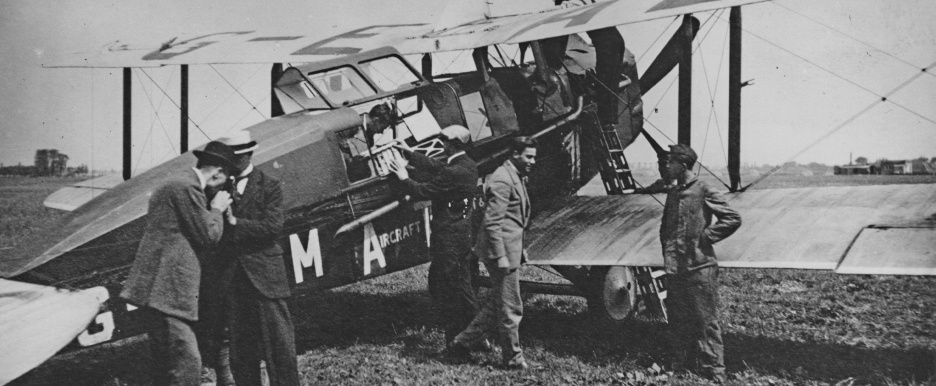
On October 7, the world’s oldest operating airline, KLM (Koninklijke Luchtvaart Maatschappij, literally from Dutch – Royal Aviation Company), celebrated its 105th anniversary. It is the national airline of the Netherlands.
On that day in 1919, eight Dutch entrepreneurs founded KLM. Its first director was 30-year-old aviator Albert Plesman. By the will of Queen Wilhelmina, the airline immediately received the status of "royal," thus becoming the national carrier of the Netherlands right from the start.
KLM's first flight took place on May 17, 1920, on the London-Amsterdam route. The aircraft used was a de Havilland DH-16 rented from the British company Aircraft Transport and Travel Limited, and the passengers were two British journalists. In its first season of operation, KLM transported 440 passengers and 22 tons of cargo, mostly mail.
In October 1924, an experimental flight from Amsterdam to Batavia (now Jakarta, Indonesia) took place on a Fokker F.VII aircraft. With numerous intermediate stops, the journey took nearly two weeks. From 1929 onwards, such flights became regular, and the Amsterdam-Batavia route remained the longest in the world for a long time. The famous Douglas DC-2 and DC-3 aircraft were most frequently used on this route.
In 1940, Germany occupied the Netherlands, but KLM managed to evacuate part of its fleet. For instance, planes located in Great Britain continued regular flights between Bristol and Lisbon. Moreover, until early 1942, routes connecting Australia and Indonesia with Britain remained operational, and KLM planes operated in the Caribbean throughout the war.
After the war, KLM actively began restoring its airline network. Domestic and European flights resumed in September 1945. In May 1946, KLM became the first continental European airline to resume regular transatlantic flights. Four-engine Douglas DC-4s started flying between Amsterdam and New York. The company’s development was rapid. If KLM flew 454,000 passenger-kilometers in 1947, by 1955, it was almost 1.5 million.
KLM began transitioning to turbine-powered aircraft in 1957, when the turboprop Vickers Viscount started operating on European routes. In March 1960, the airline introduced its first jet airliner, the Douglas DC-8.
KLM's financial situation was unstable. In 1961, the company recorded its first losses. During tough times, the Dutch government provided assistance by buying large stakes in KLM, sometimes owning more than 70%. When the situation improved, the state’s share was significantly reduced.
Despite financial issues, KLM's operations grew. In 1960, its planes flew 2.66 million passenger-kilometers, but by 1975, this figure exceeded 10 million.
In February 1971, KLM introduced its first wide-body airliner, the Boeing 747-200, to its fleet. The company sought to choose the best options on the market, so it also added aircraft from McDonnell Douglas and Airbus to its fleet.
KLM’s history also includes a massive tragedy. On March 27, 1977, its Boeing 747 collided with another Boeing 747 from the American airline Pan Am on the runway of Los Rodeos Airport (Tenerife, Canary Islands). 583 people were killed, making it the deadliest aviation disaster in history by the number of victims. The main cause of the tragedy was a gross error made by the Dutch liner’s captain during takeoff.
On September 30, 2003, KLM and Air France agreed to merge, forming the Air France-KLM holding. Both airlines retained their own brands, with Paris Charles de Gaulle Airport and Amsterdam Schiphol remaining key hubs.
Like the entire global aviation industry, KLM experienced a severe crisis due to the COVID-19 pandemic. While the airline carried more than 35 million passengers in 2019, it only managed just over 11 million the following year, suffering losses of nearly 1.6 billion euros. However, by 2022, things had significantly improved, and in 2023, KLM carried 30.3 million passengers and recorded a net profit of 714 million euros.
Currently, KLM operates an extensive network of routes connecting 360 cities in nearly 80 countries worldwide. It includes several subsidiaries, such as Transavia CV, Martinair Holland NV, and KLM Cityhopper BV. The total fleet consists of nearly 240 modern airliners, including Airbus A330-300, Boeing 737-900, and Boeing 787-10. In terms of key metrics, KLM ranks among the largest and most successful airlines in the world.

 Fan-page
Fan-page Youtube
Youtube TikTok
TikTok Aviamuseum
Aviamuseum State Aviation Museum
State Aviation Museum

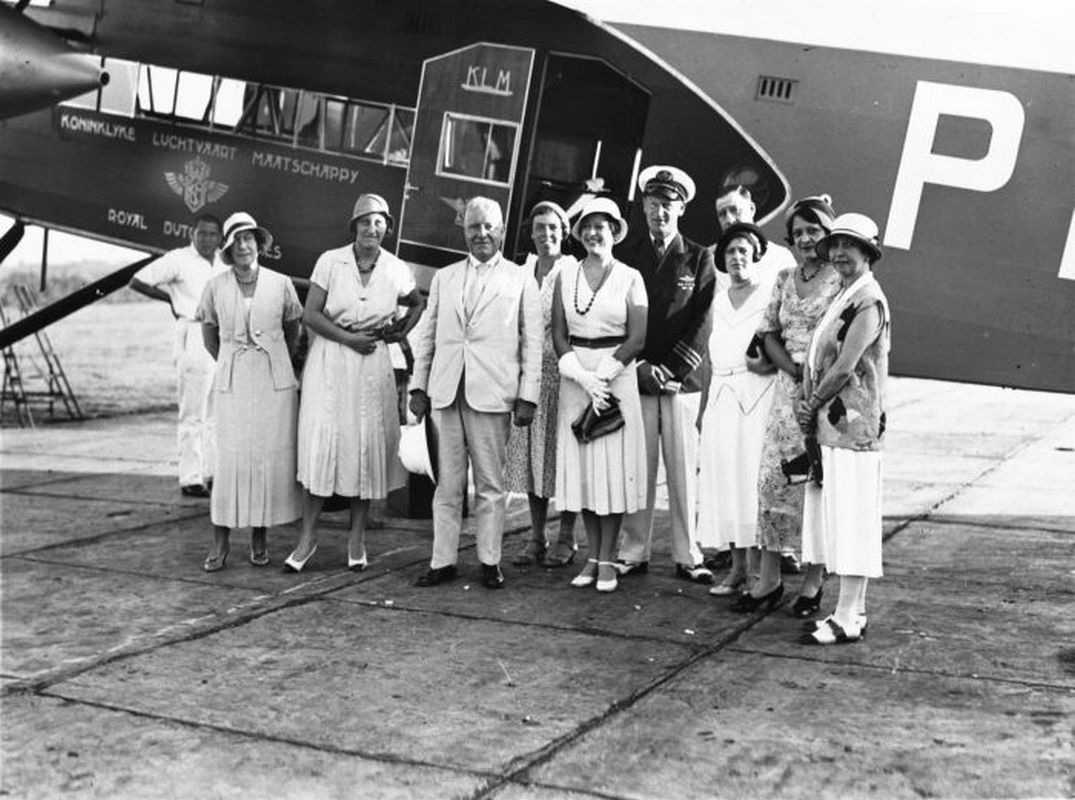
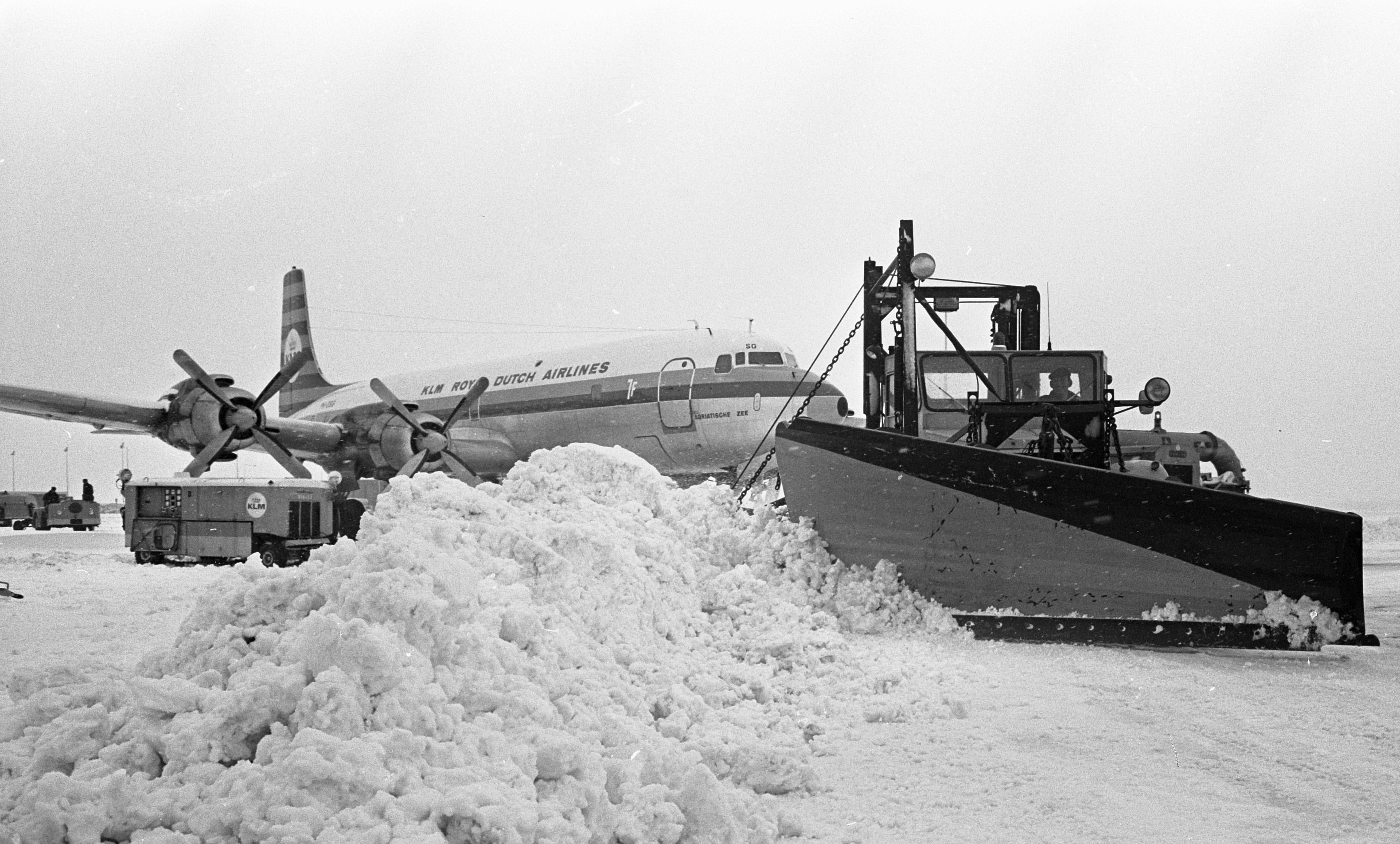
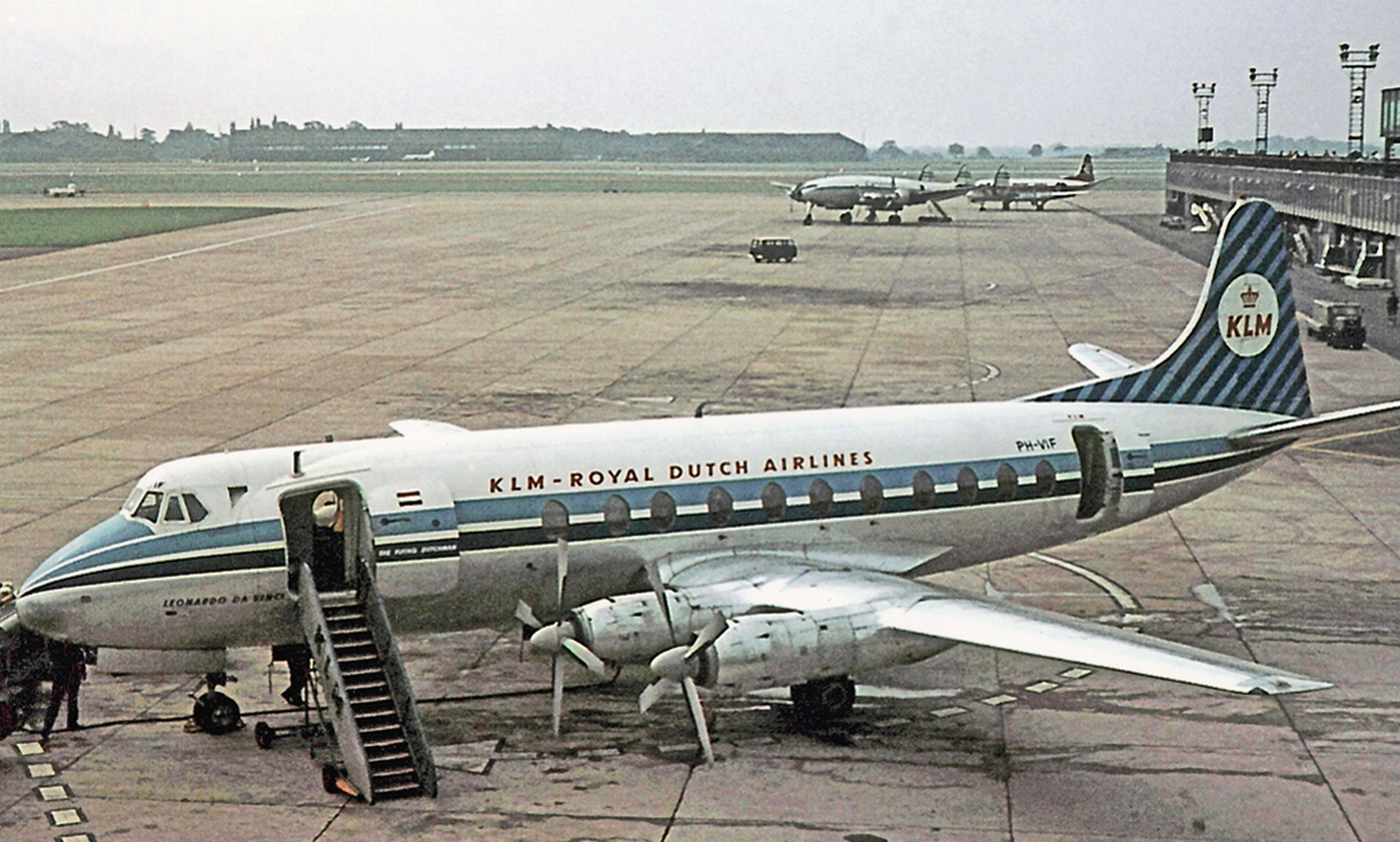
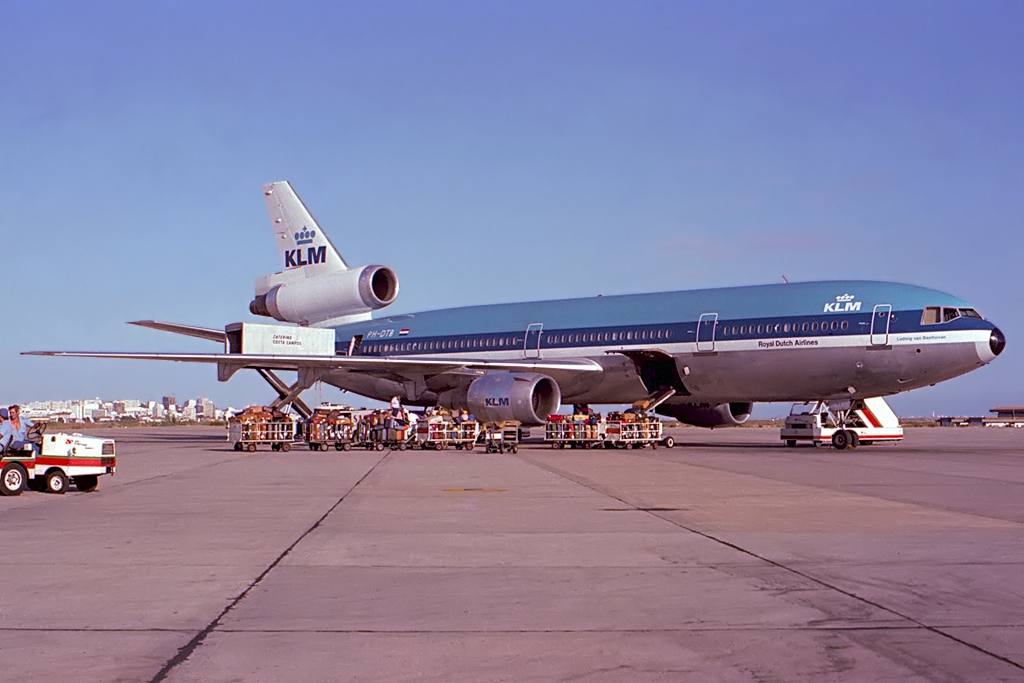
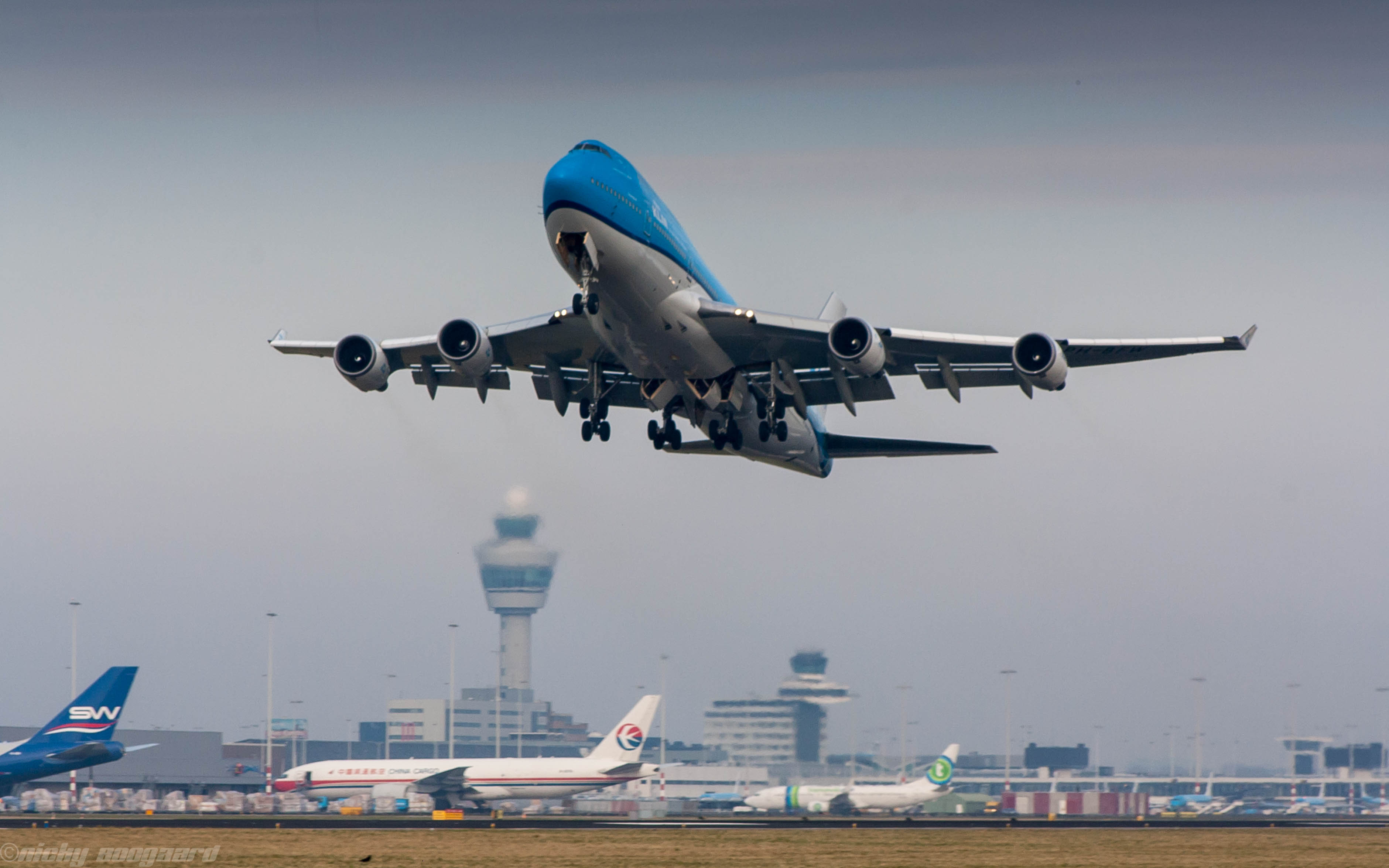
_1728283804_1.jpg)
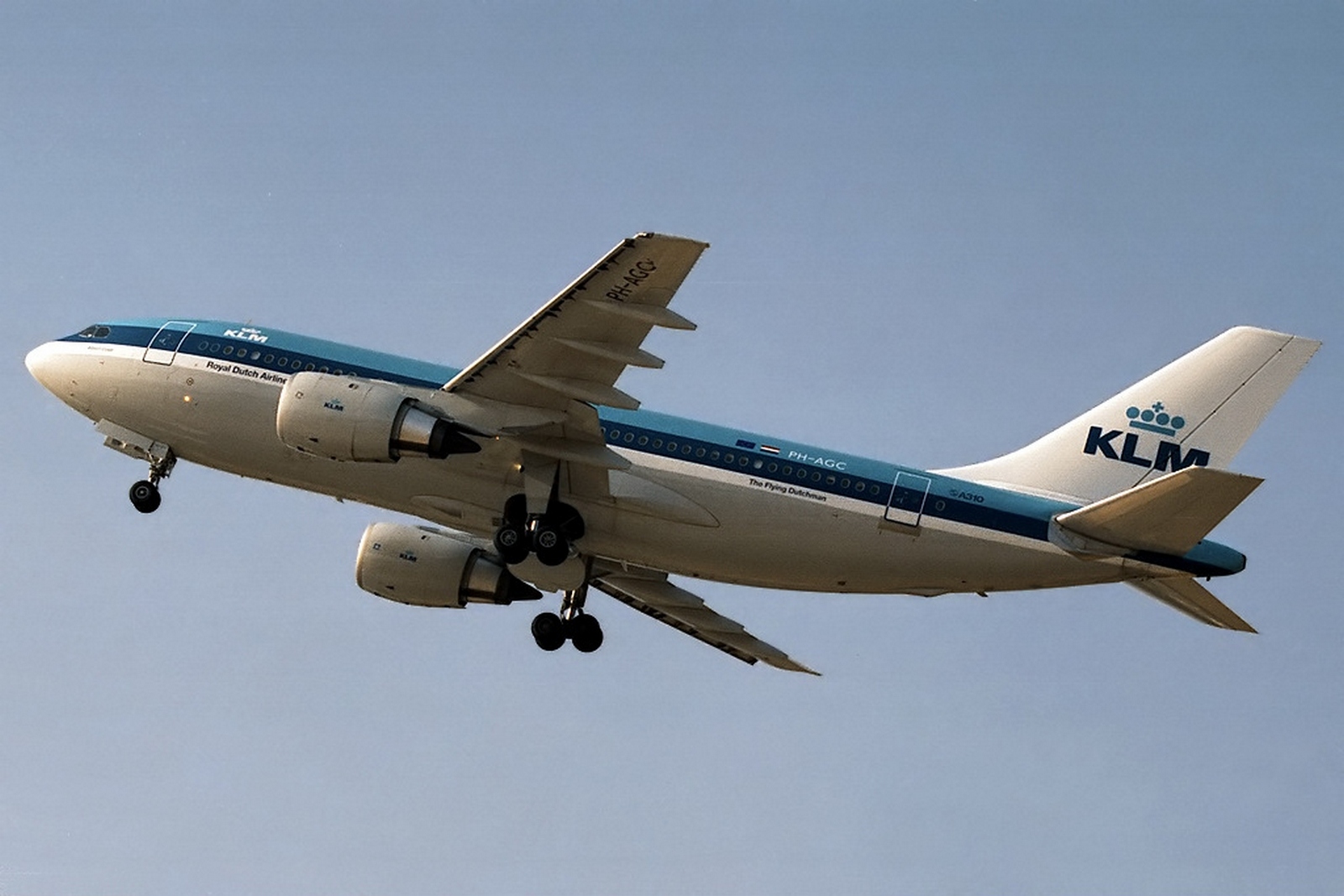
_1728283839_1.jpg)